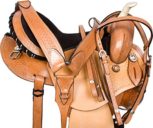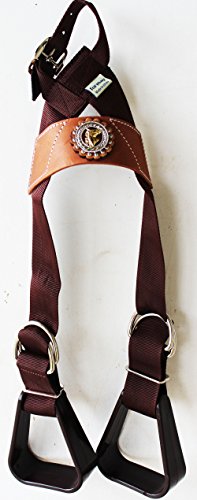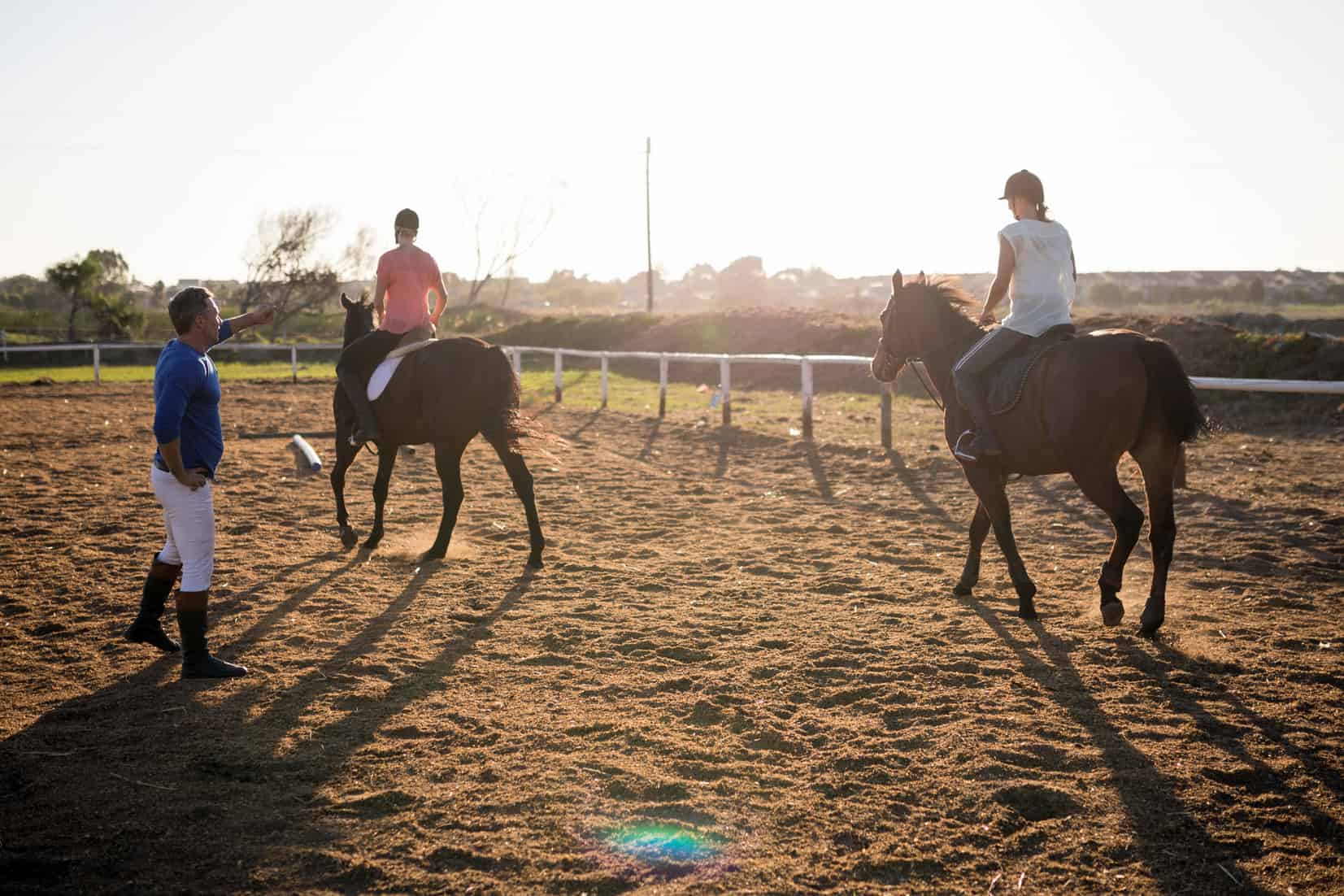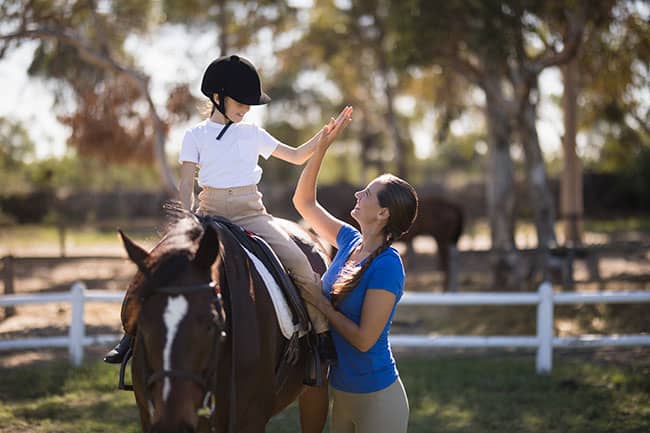5. If you are showing in a judged competition, you are paying for an opinion, and it’s political.
The truth about horse-showing is many trainers hold a judge’s card and buy and sell horses. When you’re in a lineup, the person to your left might have bought a horse from a big client of today’s judge, and the person on your right might be your judge next week. If you want to win at a high level, a trainer might tell you that your horse is not suitable and guide you toward purchasing a horse they think increases your chances of winning. Understand that trainers will charge you for their time in finding and trying horses or might receive commission from the sale. Relationships are complex, and transparency is the best guarantee that everyone involved is satisfied.
Once you’ve found your show horse, be prepared to sometimes disagree with judges’ placings and occasionally hear reference to “politics.” Sometimes it’s true, sometimes it isn’t. But if you can’t take politics, change your discipline to a timed event.
6. Transparency and communication are crucial.
One trainer believed a critical key to his success was transparency between him, his assistants, veterinarian, farrier, bodyworkers, and owners. Certainly, a team approach is the best method, and nothing should be “hidden” from anyone. As a veterinarian, I want the owner to understand any health issues that challenge the horse, and that includes creating a paper trail.
A horse might be presented to me with the history, “They’ve injected the hocks in the past. I don’t know what they used, but it cost a lot.” However, I might inject up to three joints in the hock, using one or a combination of six different drugs. Other vets might inject drugs to relieve joint pain and enable a horse to perform but might not improve long-term joint health. If someone has me examine a horse with previous lameness issues, it’s helpful to know exam findings, diagnostic procedures and imaging, treatments (including drug dosages), and follow-up trainer/owner observations of response to therapy (degree and duration). A trainer might write me a check while I’m at a barn, but the owner should receive a copy of my invoice, including the medical record.
Be aware that some trainers are excellent with horses but have difficulty communicating with people. To be effective, a trainer must break down a complicated maneuver into small elements, communicating each element to a horse and rider so they can master that piece of the larger puzzle successfully and eventually put it all together. Whether the trainer is a quiet introvert or an authoritarian, he or she must communicate. Similarly, the congratulatory schmoozer might make you feel good, but you must decide if you’re paying someone to boost your self-esteem with flattery or be your mentor.















Comments
Comments are disabled for this post.